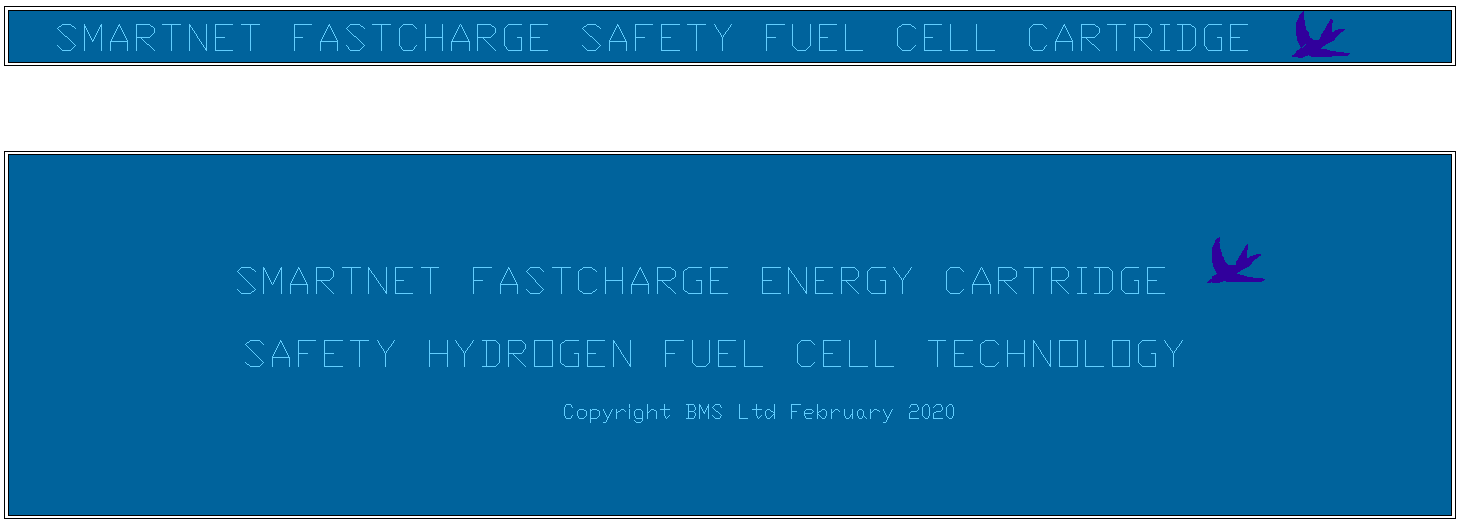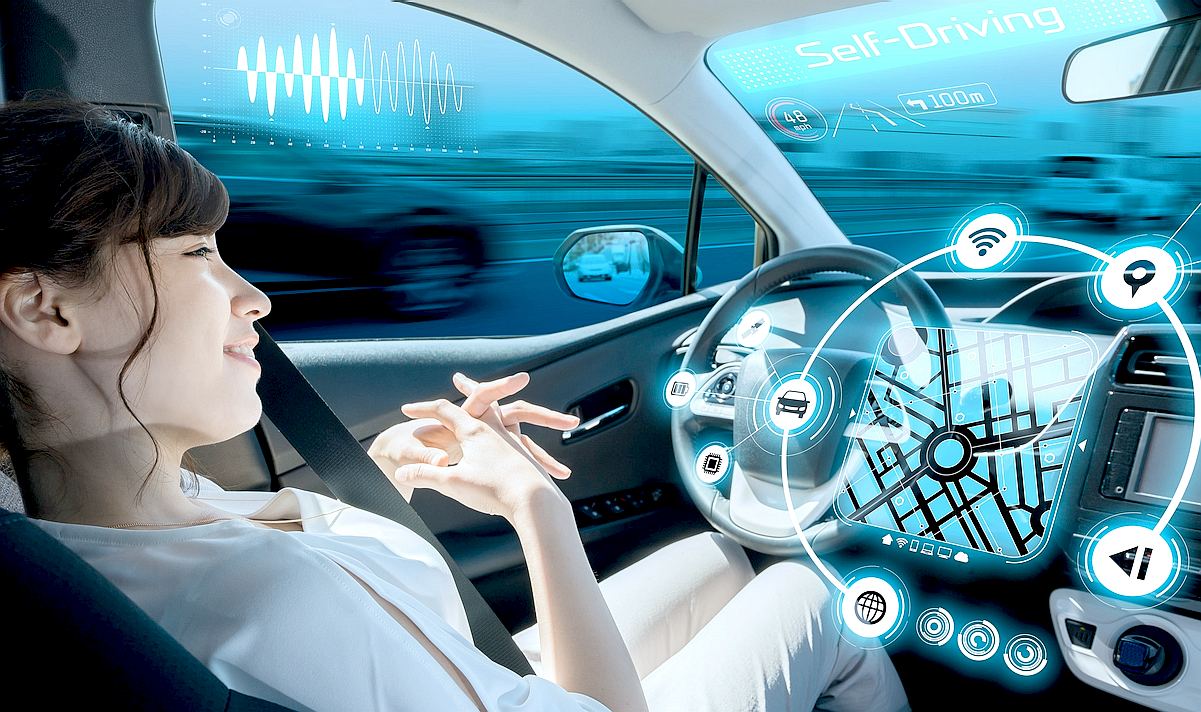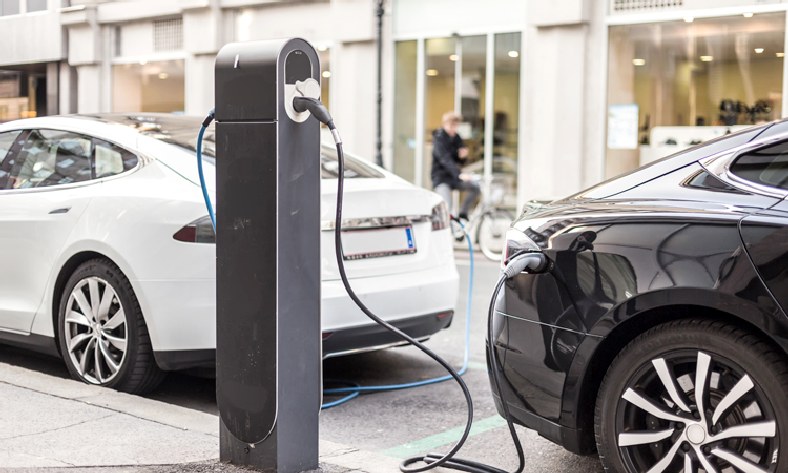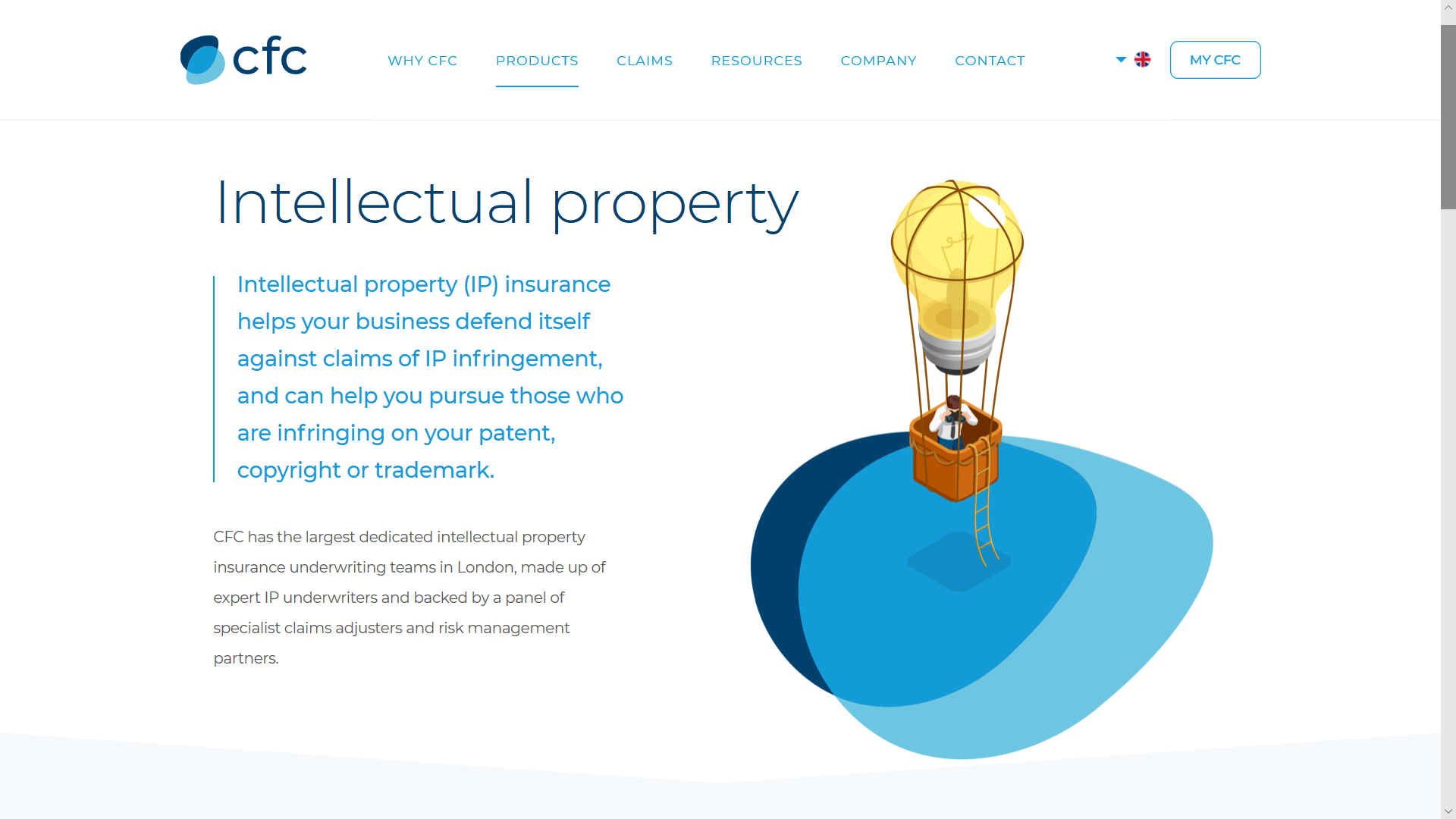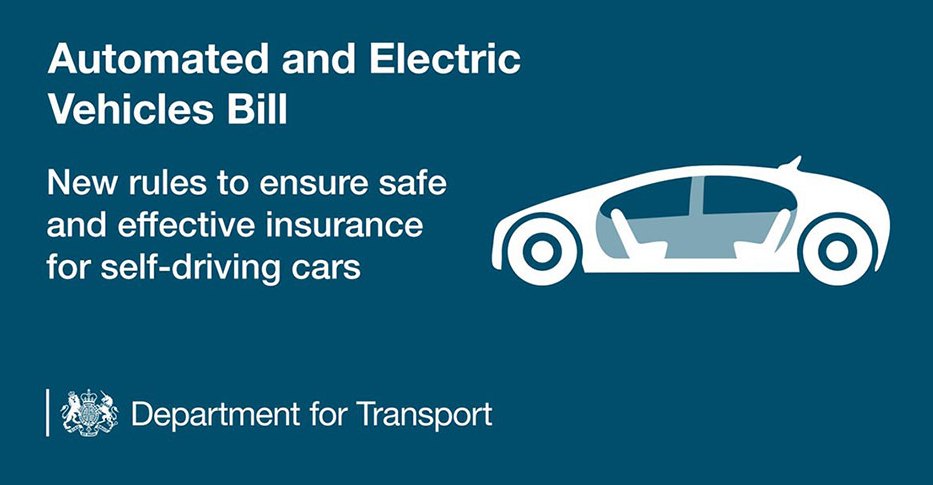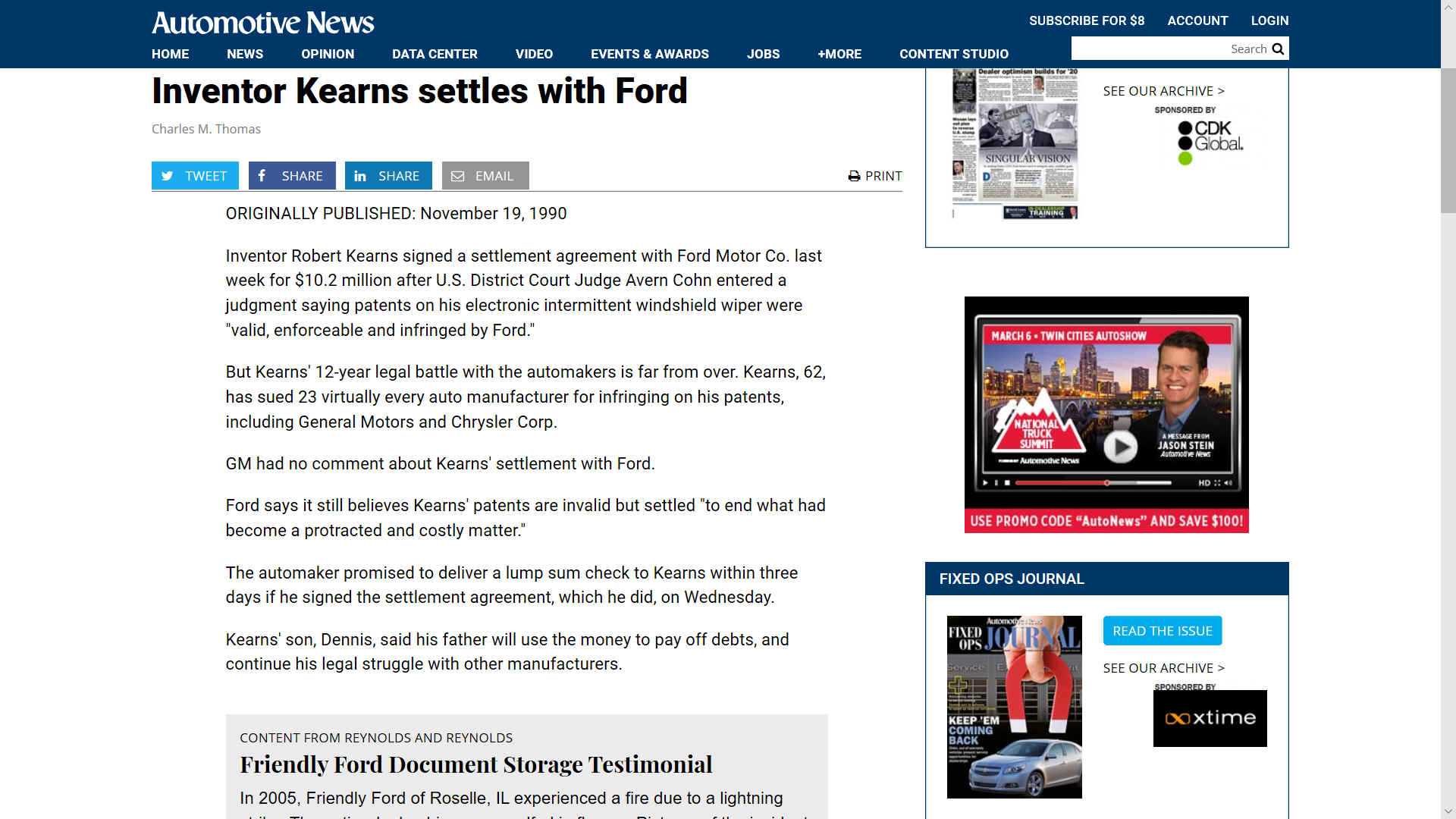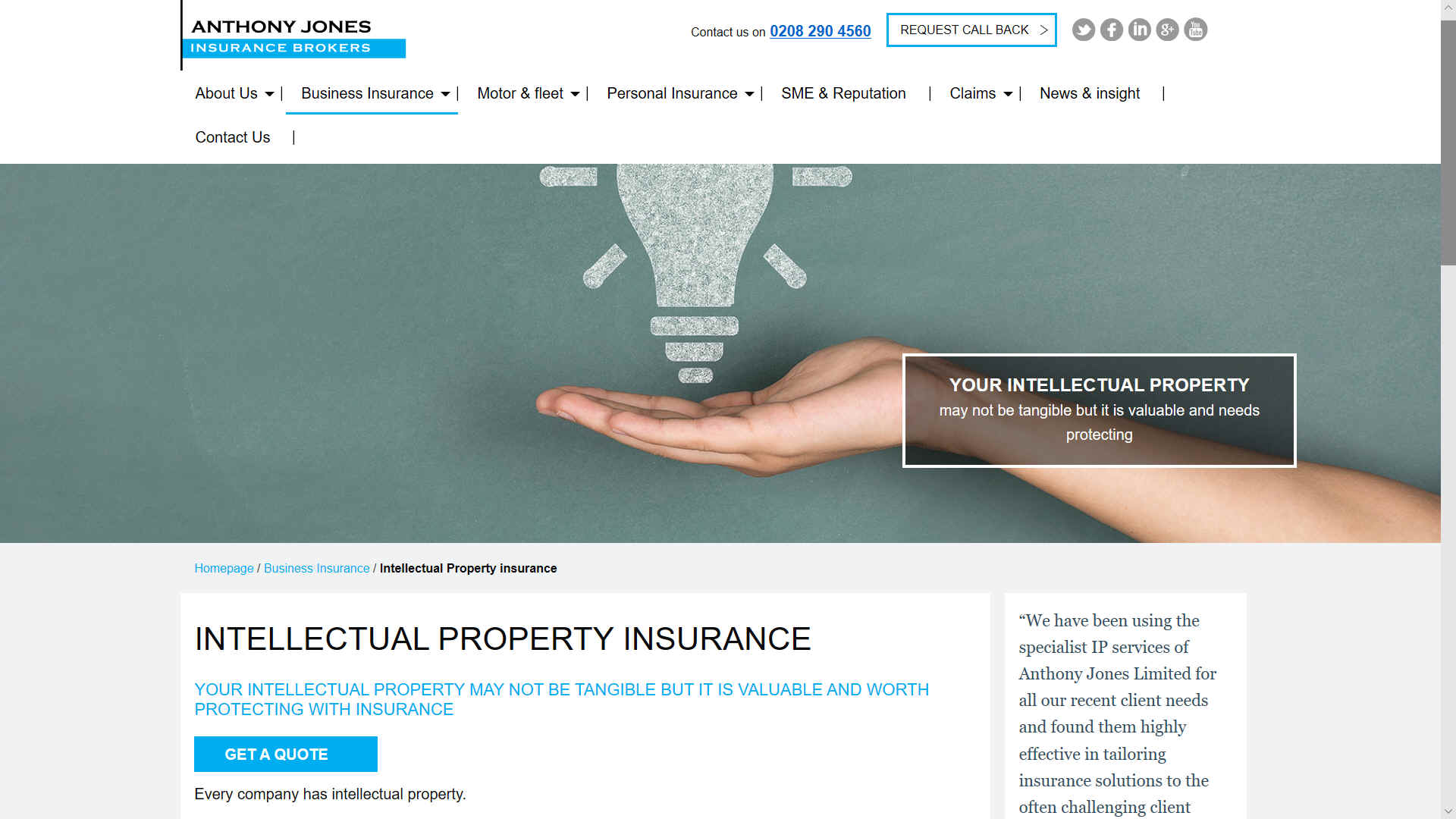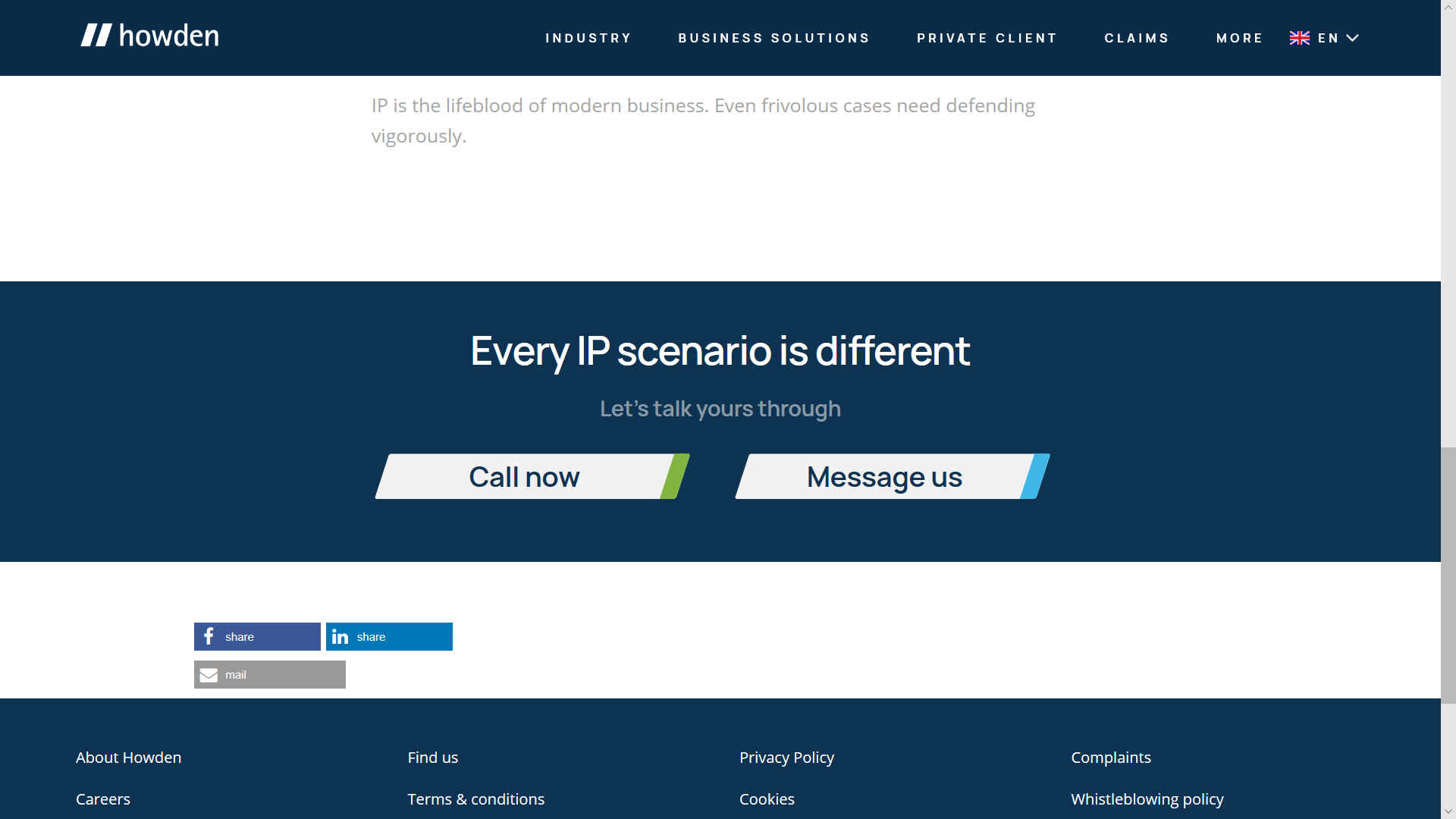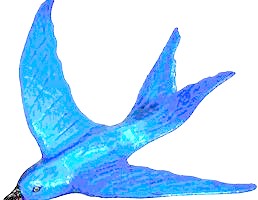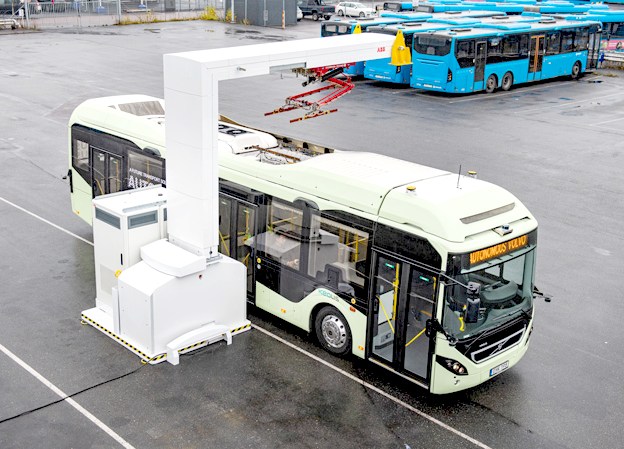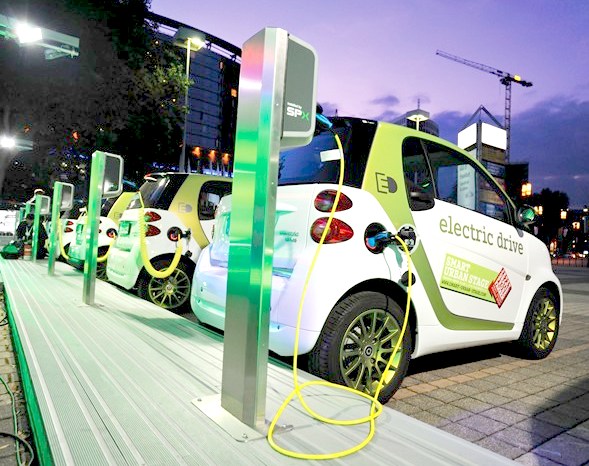|
PROTECTING I.P. RIGHTS
Please use our A-Z INDEX to navigate this site or see HOME
|
|
HYDROGEN FUEL CELL CARTRIDGE - It looks like a battery cartridge. It performs like a battery cartridge. It stores energy like a battery cartridge, but it is a hydrogen fuel store and fuel cell cartridge combination. To the layman is it just a box, but in fact we have deliberately left out the details to protect our right to apply for protection at the appropriate time. Patents only have a shelf life of 20 years, after which the technology is a free for all. Copyright lasts for 50 years after the death of the author.
The development of the concept into a product will involve hundreds of small design details and calculations that when combined with manufacturing know-how may add up to many patents or design registrations.
Every company owns intellectual property, from the name of the company to their website address (domain name), this is intellectual property. Over 80% of the total value of a company can be derived from their intangible assets. Thus, it is important to get these covered.
This is not just patents, trademarks, designs and copyrights, but is sure to include trade or industrial secrets (know-how) best not disclosed in a patent specification, but nevertheless known to the engineers, marketing and business development staff who might be working on individual aspects of complex projects.
All efforts are made to trade in good faith, to establish solid partnerships and so provide value to collaborative research and development, rather than counterproductive legal wrangling. It is therefore essential to agree what is new, the ownership of the IP and the provisions for sharing in such endeavours. The time spent establishing the ground rules will pay dividends in terms of years of profitable future trading.
BUYING INTO IP
Given the economic impact of electric vehicles, which, as a disruptive technology, may fully replace “classic” cars in the future, it is essential for car manufacturers of today to be a part of this new technology.
Having a share in any new field will increasingly rely on access to patented technology. It is thus worth having a look at what the automotive patent landscape looks like:
A recent study of the Institut der Deutschen Wirtschaft of September 2017 analyzed a database at the World Intellectual Property Organization in terms of patent filings between January 2010 and July 2017 as relates to autonomous vehicles, for driverless cars (5839 patents).
According to the study, the top 10 companies in terms of filing patent applications were Bosch (958), followed by Audi (516), Continental (439), Ford (402), GM (380), BMW (370), Toyota (362), Volkswagen (343), Daimler (339) and Google (338).
The results of this study (which is of course only a current snap-shot) show two interesting things. The first is that German companies are currently among the key innovators, and that innovation is not limited to classic car manufacturers. Tech companies play an increasingly important role.
The increasing number of non-car manufacturers active in the field is logical, as autonomous driving is an interplay of different technical disciplines, such as mechanics, computing and telecommunication.
Accordingly, it is logical that strategic alliances are formed, to progress development. This development is, for instance, focused on platforms, software, navigation and infrastructure.
Examples of strategic alliances are: The “Automotive Edge Computing Consortium” (inter alia Toyota, Intel and Ericsson); the sale of HERE maps service from Nokia to a consortium of BMW, Daimler and Audi (recently joined by Intel and NavInfo) and the “5G Automotive Association” (inter alia BMW, Audi, Daimler, Ericsson, Huawei, Intel, Nokia and Qualcomm).
It can thus be observed that several patents from different technical fields (mechanics, computing and telecommunication) are or will become relevant. To provide access to these patents and to ensure interoperability, standardization is seen to be key. Standardisation can also facilitate required administrative approval of electric cars using pre-tested and approved energy cartridges.
The importance of standardisation
was emphasized by the European Commission in a communication dated November 29, 2017 (COM (2017) 712), in which it came to the conclusion that:
Accordingly, while companies can make significant individual contributions to the creation of a sustainable infrastructure for EVs, these have to be viewed in the context of the overall, very diverse patent landscape. This includes questions of freedom to operate and value of the inventions. Successful strategies of companies active in the field will thus likely be to continue being part of strategic alliances and to take an active part in any standardisations.
PROTECTING YOUR INVESTMENTS
It takes a lot of thinking, design time and hundreds of creative sparks to come up with a comprehensive solution to something as vital as 'mobility security' for the next generation of zero emission electric vehicles. It does not happen overnight.
Each link in the chain of ideas is typically patent-able, or may otherwise be protected by Design and Copyrights, or a combination of these paternal rights, together with trademark protection in the creation of a distinguishable brand name - to assure customers that they are buying a quality product and not a cheaper, less reliable or well engineered imitation. Compatibility is key.
DESIGN RIGHTS - The design of these service stations is protected under the law of copyright, but underneath the walls and roof, there are mechanicals that carry design rights on dozens of parts, and there will be systems for which patent protection is appropriate. These details may not be disclosed before filing a patent, unless disclosed in confidence.
COMPREHENSIVE IP PACKAGE
The system is difficult to protect in one bite, rather, a better way to provide protection is to divide up the elements to gain world wide patents for:
1. Cartridge design features - battery and hydrogen versions may require additional patents 2. Service Station design features 3. Loading design novel features 4. Electrical contactor design novel features
In addition, registered designs might be applied for, to protect each of the elements of the patents as the designs are perfected, or improved - on a rolling basis.
Copyright protection would follow the writing of software and production of electrical and electronic circuits and service manuals and the engineering drawings of components.
Finally, trademarks might be extended or applied for in relation to elements of the patents and designs.
Staff that are bound by Non Disclosure Agreements would have to be vetted, prior to disclosure and Agreements kept in force and monitored, especially in relation to cool off periods.
A package like this is more likely to offer comprehensive protections against passing off, patent or design infringements, and leaks or even industrial espionage, but such protection is expensive with ongoing costs attaching year on year. Nevertheless, such expense is justified to ensure quality and an income stream for ongoing R&D - as may benefit the customers.
These protections would extend to those manufacturers cooperating with any development group to produce vehicles, together with service station operators and/or supply companies. This would have the effect of protecting jobs and ongoing employment for manufacturers and staff. Also ensuring that the quality of supply to customers was safeguarded, so that public confidence in branded products could be maintained.
Competing systems would thus be prevented from imitating or passing off goods they might produce as genuine SMARTNET FASTCHARGE compatible operating systems, or merchandise.
A robust system maintaining a watching brief, together with swift applications to the courts for injunctions, damages, restraining and confiscations orders, would ensure that potential unlawful/illegal infringer's might think twice before embarking on such a course of action.
It is a criminal offence to infringe certain intellectual property rights, carrying harsh penalties for the perpetrators. Civil damages can be equally punitive for breaches of contract, or other IP transgressions.
As long as you are not aware of any known infringement or isolation, you can apply for insurance to protect your trademark or patent.
BATTLE ROYAL - Invented by Robert Kerns in 1963, the intermittent windscreen wiper was taken up by Ford under agreement, but then decided the electronics were so simple that any patent would be invalid. For 12 years the motor manufacturer battled with the inventor, finally settling for $10.2 million after U.S. District Court Judge Avern Cohn entered a judgment saying patents on his electronic intermittent windshield wiper were "valid, enforceable and infringed by Ford." Examples like this underscore the importance of patents in settling disputes, and the value of insurance, presumably for Ford and Kearns.
ACCIDENTAL (UNINTENTIONAL) INFRINGEMENT OF THIRD PARTY RIGHTS
It is quite common to accidentally infringe on pre-existing IP as you create something you believe to be new. Should this happen, and despite best efforts to resolve amicably, you may need to mount a defense against third party allegations.
The primary use of Intellectual Property insurance is to fund a legal battle, but also protects if you inadvertently 'trespass' on someone else’s.
PATENT PROTECTION INSURANCE
Having secured your IP, especially patents, designs and trademarks, investors will remain at risk unless there is sufficient capital reserves to litigate using specialist lawyers, to quash infringements.
One way of containing legal costs is to take out insurance policies to cover expert advice and advocates to defend any state granted rights, know-how, and other common law rights.
IP insurance has significant additional benefits, such as:
a) Providing a deterrent to large competitors who may think that the insured does not have the financial resources to pursue a claim for infringement.
b) The existence of insurance strengthens the insured’s negotiating position with any third party.
WHO PAYS ?
Typically, the full cost of litigation and business interruption is paid for by the infringing/defaulting party, together with damages.
Intellectual property insurance and protection policies
may cover:
- Defence against third-party allegations
- Contracts relating to Intellectual Property
- Cross-undertaking costs, for example, costs relating to court injunctions or freezing orders.
- IP-related accusations against directors and officers
- Product recall costs
BETTER PLACE - Though based on some proprietary components, many of the aspects of these service stations may have been the subject of patent protection, that unfortunately due to the insolvency of the company are sure to have lapsed, where there are annual renewals to keep patents in force.
Solar House BN27 1RF, United Kingdom PIC No: 895922168
LINKS & REFERENCE
https://www.cfcunderwriting.com/products/class/intellectual-property/ https://www.howdengroup.com/uk-en/cover/intellectual-property-insurance https://www.pamia.co.uk/ https://www.anthonyjones.com/business-insurance/intellectual-property-insurance/ https://www.safeguardinsurance.co.uk/life-sciences-insurance/intellectual-property-patent-protection-insurance/ https://ec.europa.eu/easme/en/section/sme-instrument/eic-accelerator-sme-instrument-funding-opportunities
Please use our A-Z INDEX to navigate this site
|
|
|
This website is provided on a free basis as a public information service. copyright © Climate Change Trust 2021. Solar Studios, BN271RF, United Kingdom.
|
